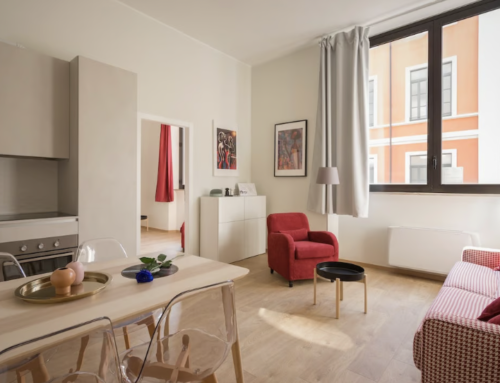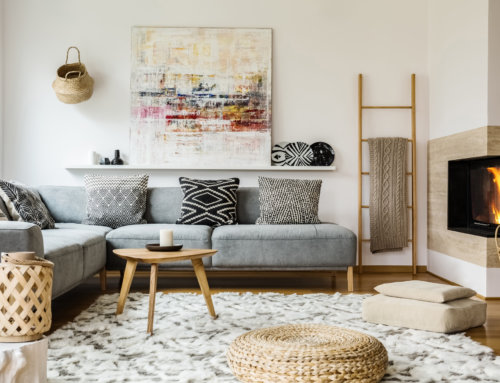When treatment ends, the next step matters. Many people compare sober living facilities with halfway houses to find a safe, structured place to continue recovery. Both offer drug- and alcohol-free environments, but they aren’t the same. Understanding how they differ can help you choose the setting that fits your goals, budget, and level of support.
What Is a Sober Living Facility?
A sober living facility (often called a sober living home or recovery residence) provides a supportive, substance-free residence for people building life in recovery. Typically, residents agree to house rules that promote accountability and stability, such as:
-
Abstaining from drugs and alcohol
-
Attending recovery meetings or counseling
-
Participating in routine drug testing
-
Contributing to chores and community expectations
Residents usually pay rent and utilities. While these homes are non-clinical, many are affiliated with treatment providers to support step-down care and a smooth transition back to daily life.
What Is a Halfway House?
Halfway houses are transitional residences that also maintain sobriety requirements. They are frequently funded or overseen by government or community agencies, and some serve people leaving incarceration or court-mandated programs. Rules can vary, but they often include curfews, attendance in groups, and progress checks. Lengths of stay may be time-limited compared with many recovery residences.
Key Differences at a Glance
Structure & Rules
-
Sober living homes: House guidelines emphasize peer accountability, meeting attendance, and consistent routines.
-
Halfway houses: Structure can be more standardized or program-driven, sometimes with fixed timelines.
Staffing & Oversight
-
Sober living homes: Commonly peer-run or operated by organizations aligned with recovery values; some are linked to treatment centers.
-
Halfway houses: Often operated by public or nonprofit agencies with program eligibility requirements.
Length of Stay
-
Sober living homes: Frequently flexible and needs-based.
-
Halfway houses: More likely to have predetermined limits.
Cost & Payment
-
Sober living homes: Residents pay rent; amenities can increase cost. Some insurance or funding sources may offset costs when part of a broader plan.
-
Halfway houses: Typically lower cost due to fewer amenities, though availability varies by region.
Location & Amenities
-
Sober living homes: Common in residential neighborhoods; private rooms, shared kitchens, laundry, and community areas are typical.
-
Halfway houses: May offer more basic accommodations, sometimes in higher-density areas.
Shared Benefits of Sober Living Facilities
Despite differences, both settings can provide:
-
A safe, substance-free environment that reduces exposure to triggers
-
Routine and accountability that support daily stability
-
Peer support and community, which are protective for long-term recovery
-
Connections to resources, including employment help, life-skills training, and mental health services
Which Sober Living Option Is Right for You?
Consider the following as you decide:
-
Support needs: Do you want flexible, peer-driven structure or a time-limited program with standardized milestones?
-
Budget and insurance: What can you afford, and are any benefits available through your care plan?
-
Amenities and privacy: Would a private room or specific neighborhood help you succeed?
-
Eligibility and timing: Do you need a residence that accepts referrals from courts or specific programs?
If you’re seeking a residence that blends independence with accountability, many people find sober living facilities to be a strong fit after outpatient or intensive outpatient care. If you need a program connected to public services or justice-system transitions, a halfway house might meet your immediate needs.
How to Find Options Near You
Comparing homes can be time-consuming. To streamline the process, use tools that let you filter by location, amenities, and population-specific housing (e.g., women-only, LGBTQ+-affirming, or housing for working professionals). You can search the Taste Recovery directory to explore listings, read about house rules and supports, and contact operators directly.
If you operate a residence, you can list your home on Taste Recovery so people in recovery can discover and evaluate your program.









